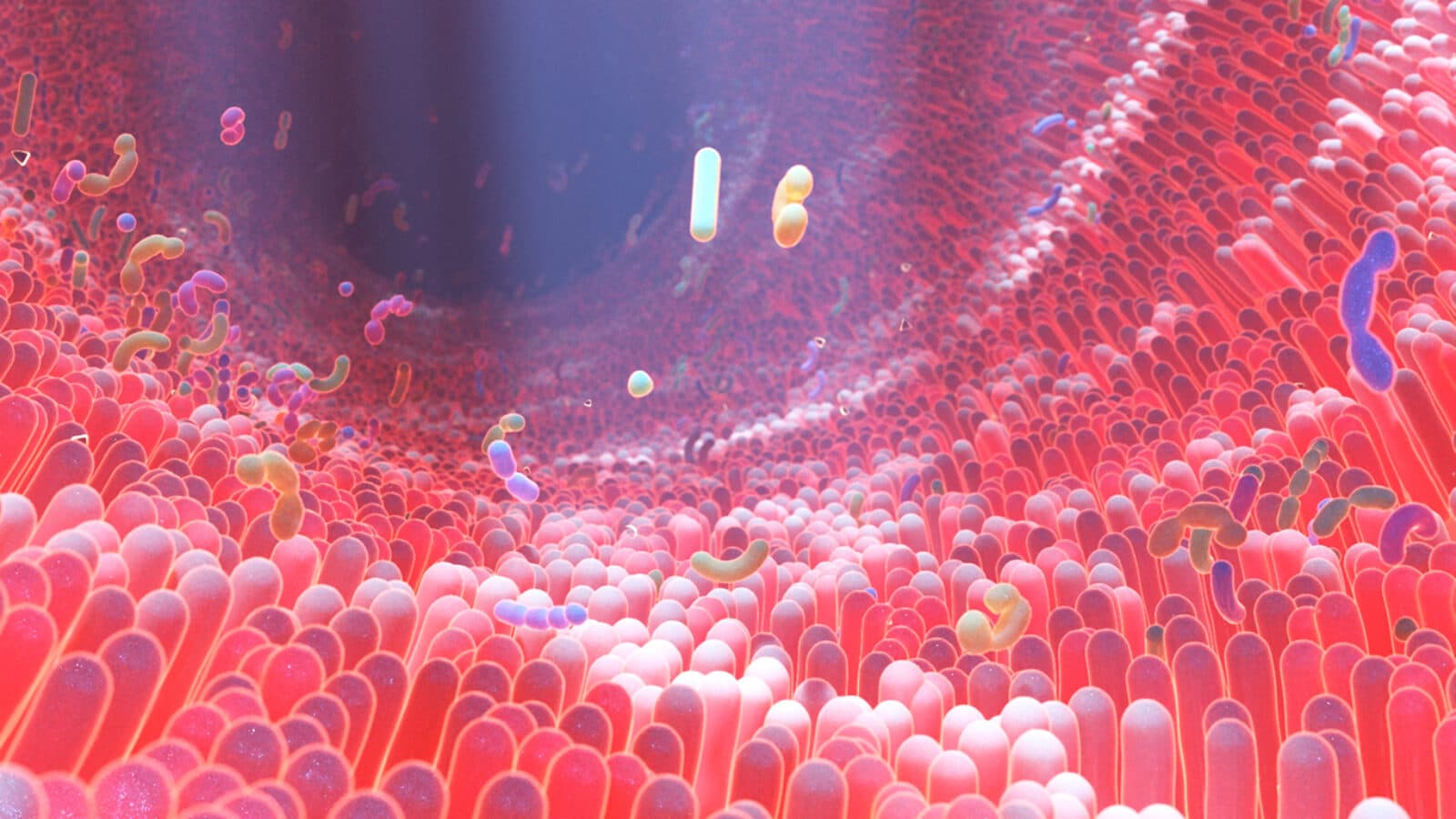The Science Behind The Microbiome
How do scientists study microbiomes?

New tools and techniques are transforming research on microbial communities. However, to truly understand microbiomes, the field needs new methods to map, monitor and manipulate microorganisms. The following is an overview of how scientists study microbiomes and their future needs.
Culture
For more than a hundred years, the tools of choice for scientists wanting to study microbes in the laboratory have been microscopes and culture techniques. With a microscope, researchers could determine a microbe’s shape (rod, sphere, helix); and with culture techniques, they could study what microbes ate and the kinds of waste products they made. These tools are still used today, but they provide a limited view of the vast microbial world. That is because the vast majority of the Earth’s microbiome cannot be grown in a laboratory. In fact, a new "tree of life" that outlines the evolutionary relationship between living things, shows that it is dominated by species that cannot be isolated or cultured.
DNA sequencing
That changed in the 1990s with the development of gene sequencing technologies, which read out microbial DNA. Scientists can now examine the “uncultured majority” of microbes in their natural environments and determine their identities. One common technique is to sequence a marker: a short, unique DNA sequence that can be used to pinpoint the genome that contains it. Using markers, researchers can identify a microbe without having to sequence its entire genome. This shortcut allows them to identify all the species present in a huge number of samples very quickly.
Metagenomics
Gene sequencing technologies have revolutionized the study of microorganisms and enabled a new view of their ubiquity and diversity. However, the techniques still have some limitations. They tell us which microbes are present in a sample but not always what they are doing. To study biological function, researchers instead use a technique called metagenomics. The term “metagenome” refers to the complete genome of every microbe in a sample taken from a natural habitat. Using metagenomics, researchers can sequence 10,000 microbial genomes in a single experiment. By analyzing all the genes in a sample collectively, they can learn what biological jobs these microbes perform. For example, metagenomics has shown that the human gut microbiome is a rich source of enzymes that break down carbohydrates, helping us with digestion. In soil, this type of research is helping researchers understand how microbes capture and store carbon dioxide from the atmosphere and how they neutralize toxins.
Other tools
In addition to being able to sequence DNA from both individual cells and whole communities of microbes, researchers have the tools to study all the RNA molecules (the transcriptome), proteins (the proteome) and the chemical metabolites (the metabolome) that microbes produce. Dramatic improvements in computing power and imaging technologies, as well as the development of analysis tools to help makes sense of these data, are also moving the field forward at an unprecedented pace. In fact, more microorganisms have been discovered in the 21st century than since the 1600s, when Antoni van Leeuwenhoek first saw these invisible life forms through the first microscope.
The Future of Microbiome Science
New tools are needed to so that microbiome scientists can study the relationships between microbes and their individual roles in a community and test their predictions about the function of microbiomes in healthy ecosystems and in disease. Some of these, such as new imaging tools and sensors, will come from nanoscience and nanotechnology. Their advantage is scale: the nanoscale is the scale of function in biology. So nano tools could, for example, help scientists study how microbes “talk” to each other and the world around them, using macromolecules, such as proteins and sugars, and other metabolites, which are simpler chemical compounds. Using these tools, perhaps scientists could understand how microbes interact with plants and, using this knowledge, find ways to improve crop productivity or reduce the need for fertilizers. New imaging technologies could literally help scientists see microbe-microbe and microbe-host interactions.
Microbiomes also operate at much larger scales, such as in the ocean and the atmosphere. Developing tools to cross these scales is one of the major challenges of microbiome research. The other major challenges are speed and throughput. Most of today’s tools do not operate in real time and, unlike current DNA sequencing technologies, can only analyze one sample at a time.
Note: The Kavli Foundation closed work on this initiative in 2019.